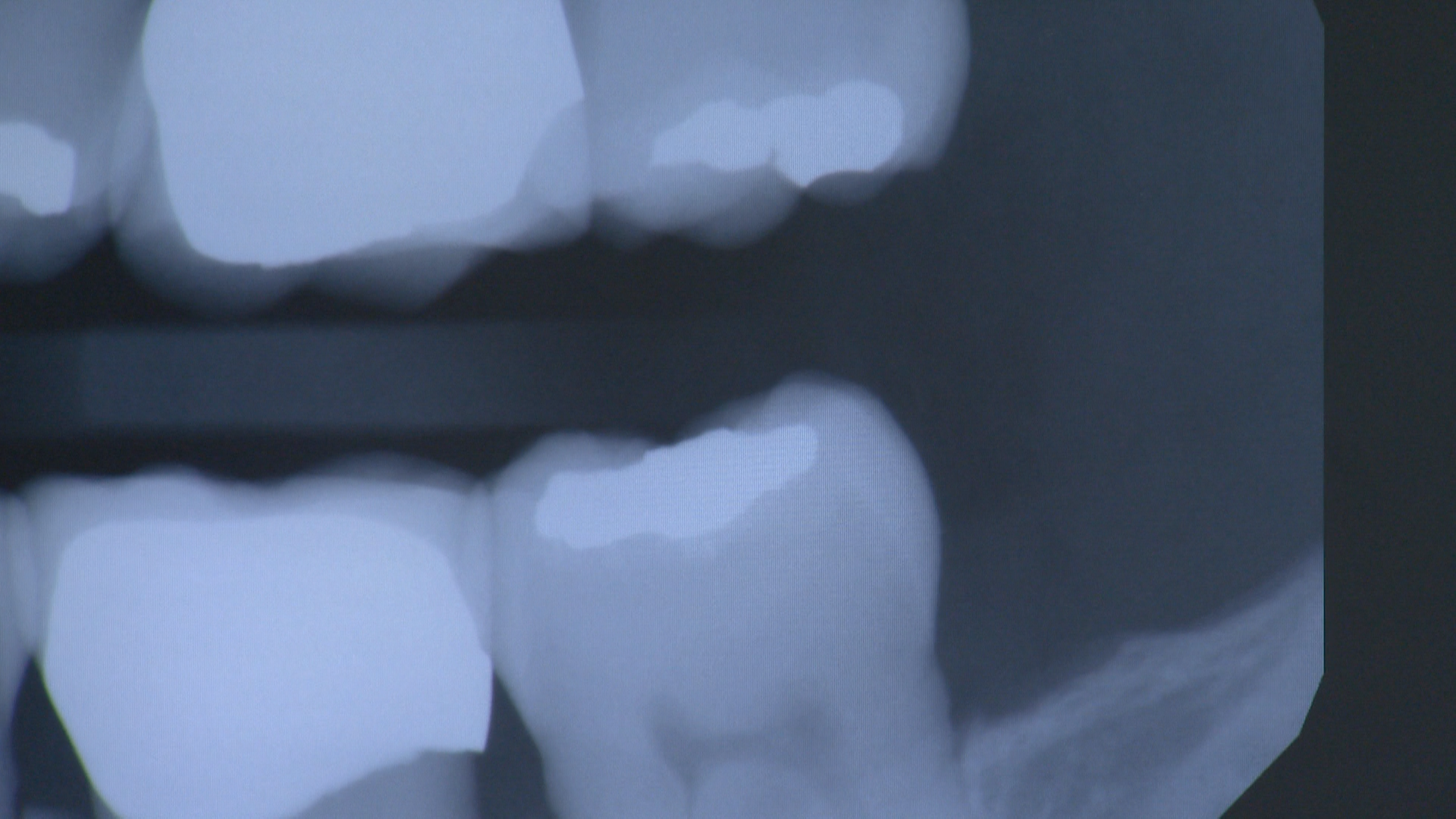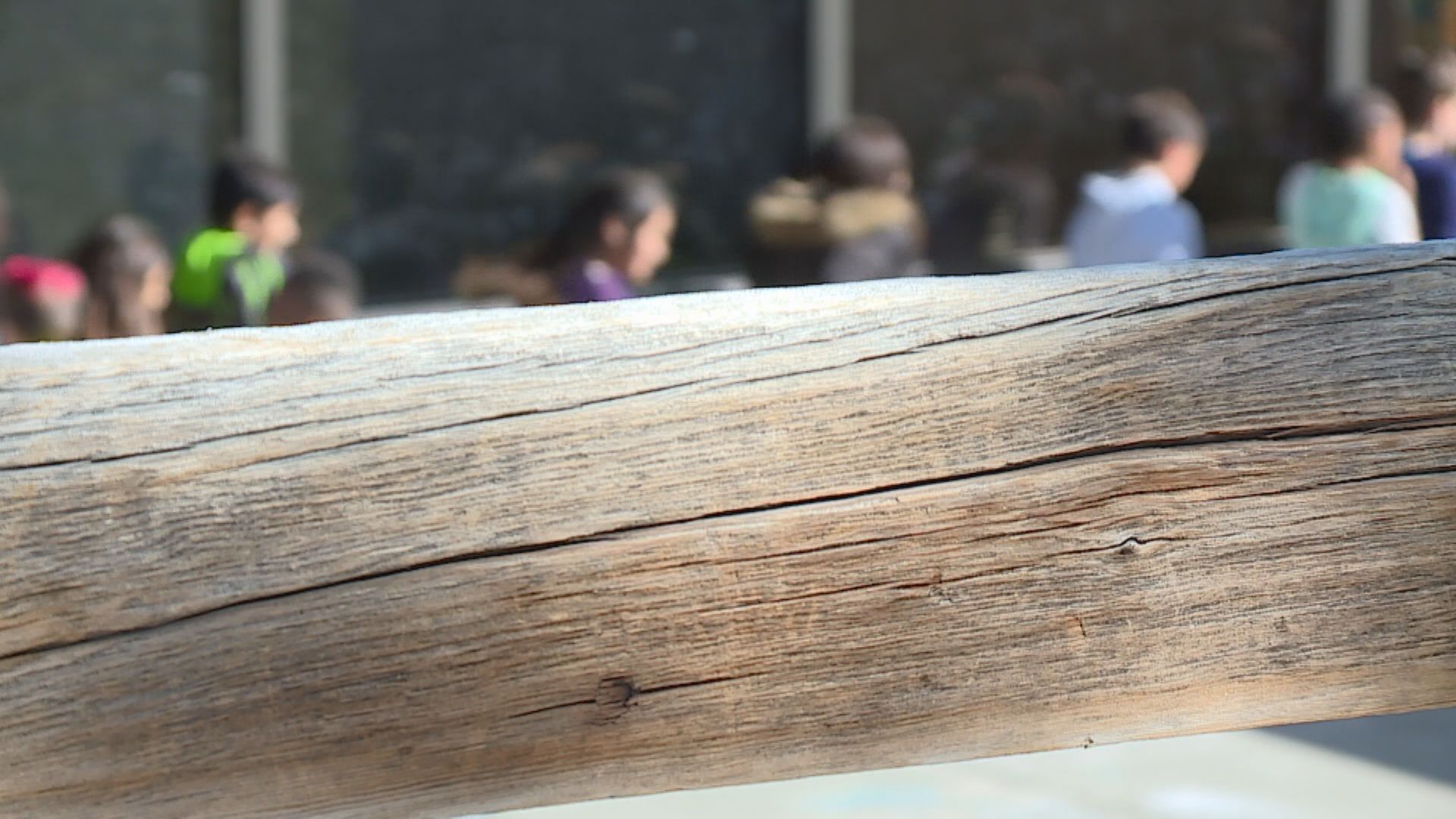Toothaches can affect a child’s performance in class and engagement with school activities. Colorado children also miss numerous hours of school each year because of preventable cavities.
That's according to a report released by the Colorado Department of Public Health and Environment. The upside? The report shows a 14 percent decrease over 10 years in the number of kindergarteners who have had at least one cavity.
The number of third graders with at least one cavity dropped by 10 percent during that time.
Compared to a decade ago, 55 percent more children in the third grade have received dental sealants, which are used to prevent cavities.
Sealants can decrease cavities by 80 percent.
“We’ve made progress,” said Dr. Larry Wolk, executive director and chief medical officer at the department. “But too many Colorado children still suffer needlessly from the preventable pain of cavities.”
According to the report, students at low-income schools have higher rates of untreated tooth decay compared to children at other schools.
African American and Latino children are more likely to experience cavities and less likely to have access to dental care than white students.
Kids who receive early dental screening and four fluoride varnish applications before age 3 can reduce their risk of cavities by 16 percent. Parents are recommended to take their children to the dentist by their first birthday.

CDPHE also recommends community water fluoridation, a safe and cost-effective way for communities to prevent cavities for all residents, regardless of income, race/ethnicity or access to dental care.
Children who drink fluoridated water from an early age experience 40 percent fewer cavities over their lifespan.
Currently, 75 percent of Coloradans have access to fluoridated water.
“Expanding preventive oral health programs like Cavity Free at Three, school sealant programs and community water fluoridation will help all Colorado children thrive,” said Katya Mauritson, state dental director.


